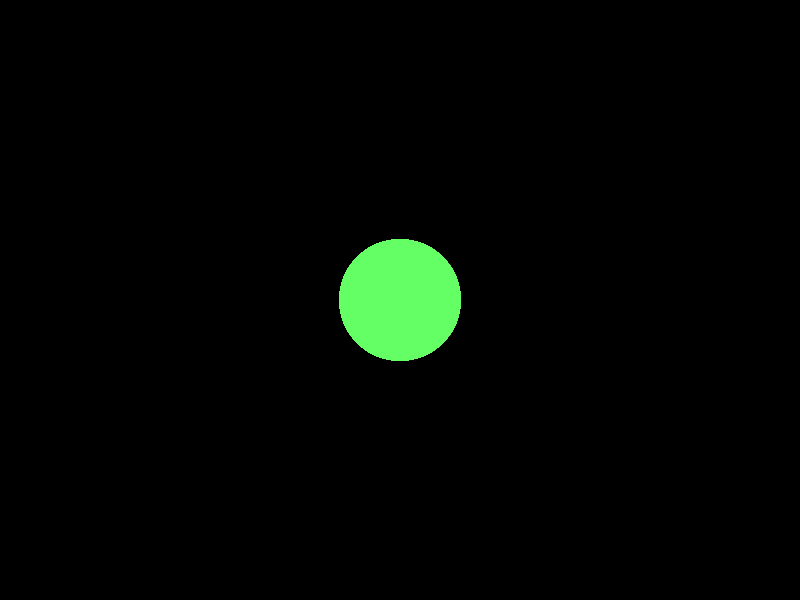Hello, and welcome to part two of my series on writing a GPU-accelerated path tracer in Rust. I’d meant to have this post up sooner, but nothing ruins my productivity quite like Games Done Quick. I’m back now, though, so it’s time to turn the GPU ray-tracer from the last post into a real path tracer. Tracing Paths As mentioned last time, Path Tracing is an extension to Ray Tracing which attempts to simulate global illumination.| bheisler.github.io
NOTE: Much of what I discuss below is no longer accurate. For the past month or so, I’ve been working on a follow-up to my series on Writing a Raytracer in Rust. This time around, I’ll be talking about writing a GPU-accelerated Path Tracer. As always, I’m writing it in Rust - including the GPU kernel code. Compiling Rust for GPUs at this point is difficult and error-prone, so I thought it would be good to start with some documentation on that aspect of the problem before diving into pat...| bheisler.github.io
Hello! This is part one of a short series of posts on writing a simple raytracer in Rust. I’ve never written one of these before, so it should be a learning experience all around. So what is a raytracer anyway? The short version is it’s a computer program that traces the paths of simulated rays of light through a scene to produce high-quality 3D-rendered images. Despite that, it also happens to be the simplest way to render 3D images.| bheisler.github.io

